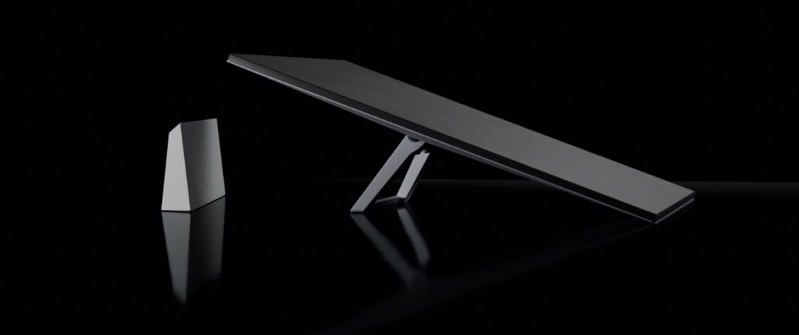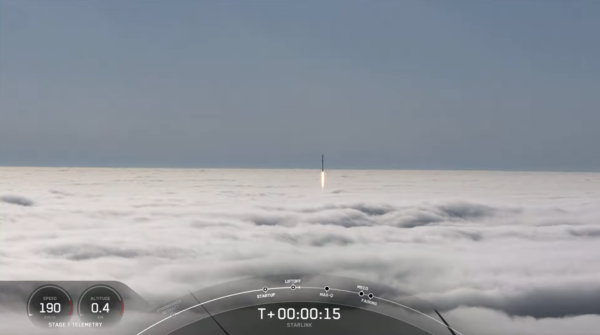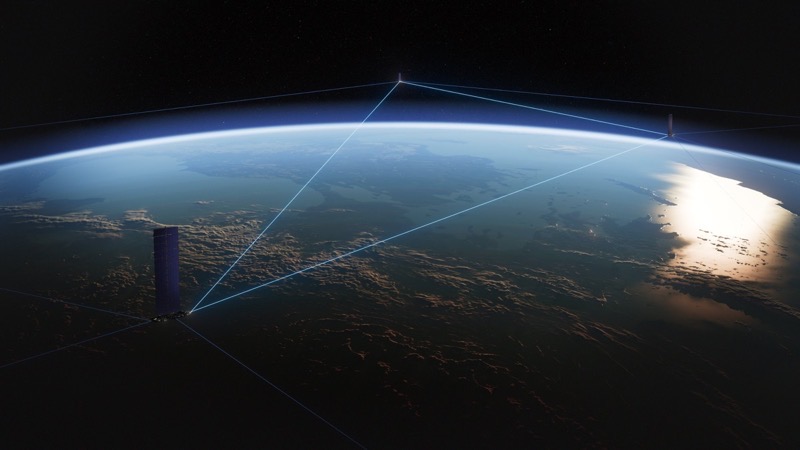
First Gen2 Starlink Satellites to Launch Before End of December, Says SpaceX

Photo: SpaceX
The ramp-up to SpaceX’s next-generation satellite launches is nearly complete, with the company set to begin launching the upgraded hardware before the new year.
SpaceX plans to start launching its second-generation Starlink satellites by the end of December, according to FCC filings from the company shared by @Nathan Owens on Monday.
The company also filed applications with the Federal Communications Commission (FCC) to modify licenses to include its gen2 satellites in three Earth-based user terminals (UTs), including UT (E210127), UT (E190066), HP-UT (E220009). The filing also requests its ESIM hardware be upgraded to include the second-generation Starlink satellites.
SpaceX Reaches 1 Million Active Starlink Subscribers https://t.co/YQbMZiJzQC
— TeslaNorth.com (@RealTeslaNorth) December 19, 2022
“SpaceX Services has not requested any modifications to its ESIM authorization other than the addition of the Gen2 system as a point of communication,” wrote SpaceX in the filing. “SpaceX Services, Inc has filed for modification of a blanket license authorizing operation of next-generation end-user earth stations (‘UTs’) for use at fixed locations to allow operations at a higher duty cycle.”
“In addition, SpaceX Services requests that the Commission add SpaceX’s recently authorized Gen2 NGSO constellation as a point of communication for these UTs,” SpaceX added.
In its Request for Special Temporary Authority seen by Tesla North, the company says “SpaceX currently anticipates that it will begin launching Gen2 satellites before the end of December 2022.”
The request continues, “Granting this STA would serve the public interest by allowing users across America (including its territories and possessions), especially those in underserved or unserved areas, to access the increased capacity for low-latency broadband services from SpaceX’s upgraded, next-generation NGSO system as soon as its satellites are deployed, even as the underlying HP-UT application is being processed.”
A filing from earlier this month showed that SpaceX is constructing Starlink Gateway “Megasites,” for its second-gen satellites, with one located in the United Kingdom while another was spotted in the U.S. state of Washington.

